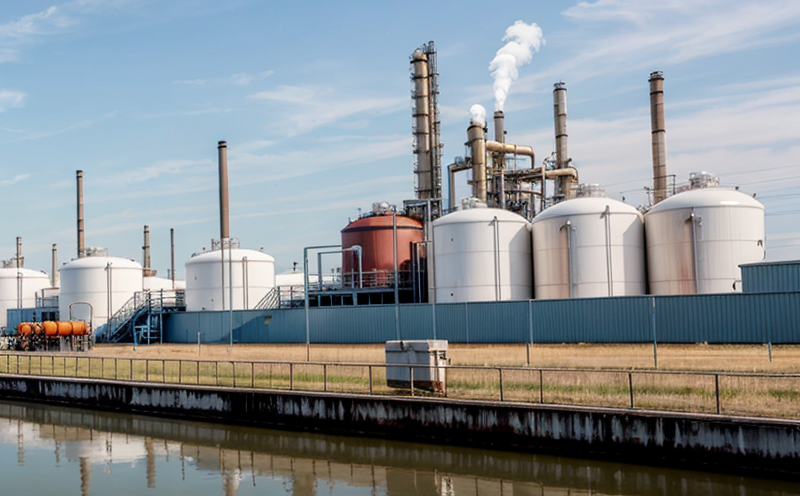DIN 38412 Toxicity Safety Testing of Chemicals on Fish
The DIN 38412 standard is a crucial part of industrial chemical safety testing, specifically designed to assess the toxicity of chemicals on fish. This test is essential for ensuring environmental compliance and safeguarding aquatic ecosystems. It provides a standardized method to determine the acute and chronic toxicity levels of a substance when exposed to fish under controlled laboratory conditions.
Under this standard, chemicals are tested using a series of protocols that simulate real-world scenarios. The testing procedure involves exposing freshwater or marine fish to varying concentrations of the chemical over defined periods. By monitoring the behavioral changes and physiological responses in the test subjects, toxicological effects can be quantified. This method not only helps in identifying potential hazards but also aids in establishing safe concentration limits for industrial discharges.
The significance of DIN 38412 lies in its application across various sectors such as pharmaceuticals, cosmetics, and chemical manufacturing where water pollution control is paramount. Compliance with this standard ensures that industries adhere to stringent environmental regulations set by international bodies like the EU and ISO.
A key aspect of DIN 38412 is the use of specific guidelines for specimen preparation, which includes selecting appropriate fish species based on their sensitivity to chemical compounds. This allows for accurate representation of real-world aquatic conditions where these chemicals might be encountered. The test setup also requires precise control over environmental factors such as temperature and pH levels.
Reporting under DIN 38412 involves detailed documentation of all experimental parameters along with comprehensive analysis results. These reports serve as critical references for decision-making processes within organizations involved in chemical production or usage.
Industry Applications
- Pollution control
- Chemical manufacturing
- Pharmaceutical development
- Cosmetics industry
| Application | Description |
|---|---|
| Pollution Control | This application involves monitoring and mitigating the impact of industrial effluents on aquatic life. |
| Chemical Manufacturing | Ensures that new chemical products do not pose risks to marine or freshwater environments. |
| Pharmaceutical Development | Helps in the evaluation of drug candidates for potential adverse effects on aquatic organisms during development stages. |
| Cosmetics Industry | Assures that cosmetic products are safe not only for human use but also do not harm aquatic ecosystems when improperly disposed of. |
Eurolab Advantages
At Eurolab, we offer comprehensive DIN 38412 toxicity testing services tailored to meet the stringent requirements set by this standard. Our expertise in handling complex chemical compounds and our state-of-the-art facilities ensure accurate and reliable results every time.
- ISO/IEC 17025 accredited laboratories
- Experienced and certified personnel
- Up-to-date analytical equipment
- Comprehensive quality assurance processes
We provide not only the testing but also detailed reports that include all relevant data points, helping clients understand their product's impact on aquatic life better.
Use Cases and Application Examples
A leading pharmaceutical company used DIN 38412 to evaluate a new antibiotic compound before its release into the market. By conducting this test, they ensured that the drug would not cause significant harm to fish populations if accidentally released into water bodies.
In another instance, an automotive manufacturer employed our services to assess the biodegradability of their synthetic lubricants. The results helped them optimize formulations to meet both performance standards and environmental safety criteria.





